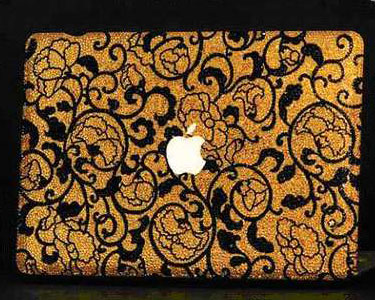When parents hear the diagnosis of autism for the first time, they believe that their child is sick. But this is not true. A child with an autistic disorder can appear in any family, regardless of the wealth, education, or social status of the parents. The fact is, it really is no one's fault if a child has autism. Autism is a biological disorder. There are a set of factors that play a role in causing this disorder:
- ecology
- condition of the mother's body during the preparation for pregnancy
- Events that happen during the course of pregnancy and childbirth.
Today, there are a lot of ways for parents to improve the life of their child with autism. The most widely used methods of autism treatment can be found below;
- medical and family psychotherapy and training
- changing diet
- pharmacology

Can we cure autism completely?
In 2015, experts found the answer to this question. And the answer was stem cells. Stem cell therapy for autism is a chance for parents to help their children to have normal life. Now that is not too say a child with autism will never live a normal life. In fact, children with autism have very special abilities sometimes.
When it comes to Stem cells, they can replace any cell in the human body. One of their main features is the ability to self-renew or increase the amount in the body. Stem cells can become cells of blood, heart tissue, skin, muscles or brain. Treatment with stem cells has become well-known in modern medicine, and has given a chance to people who have lost hope to recover and to have a normal life. Children with autism syndrome are not the exception.
To achieve the maximum effect, it is important to start treatment as early as possible. For autism treatment, specialists of the best stem cell clinics in the world use umbilical and fetal stem cells. A positive clinical effect after this type of treatment lasts on average 6-12 months. In some cases, patients need to repeat periodically the course of treatment with stem cells every 1.5-2 years. The duration of the course is 2 days.

After the stem cell therapy for autism, a child has following improvements:
- Decreasing of aggression (a child becomes more calm and adequate)
- Improving communication skills (eyes contact, mimic expressions of emotions, gestures)
- Improving the speech (progress in the pronunciation of sounds and words, adding new words in vocabulary)
- Reducing of fatigue (the time of physiotherapy is increased);
- Expanding of a child’s diet
- Achieving success in personal hygiene more quickly




